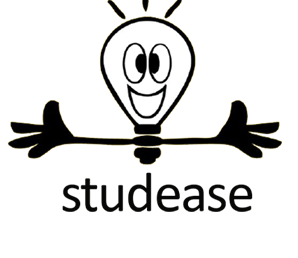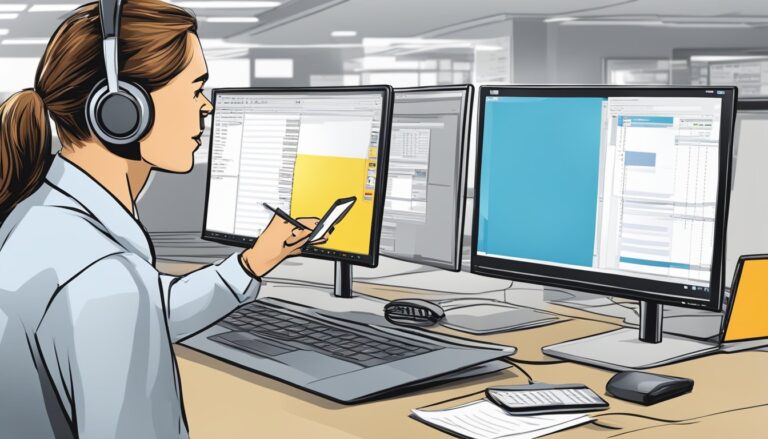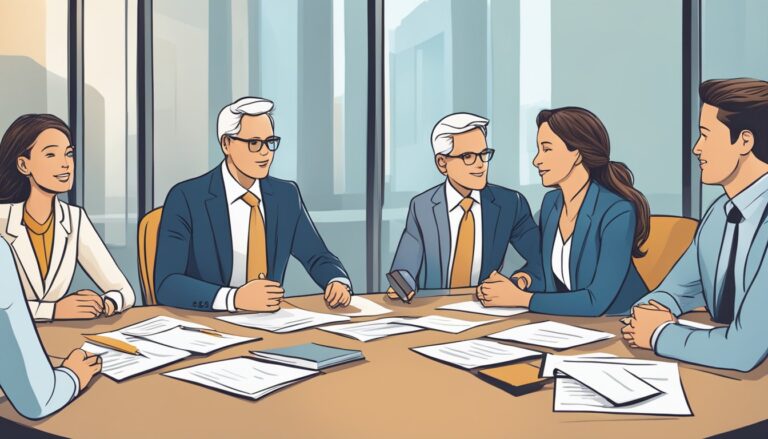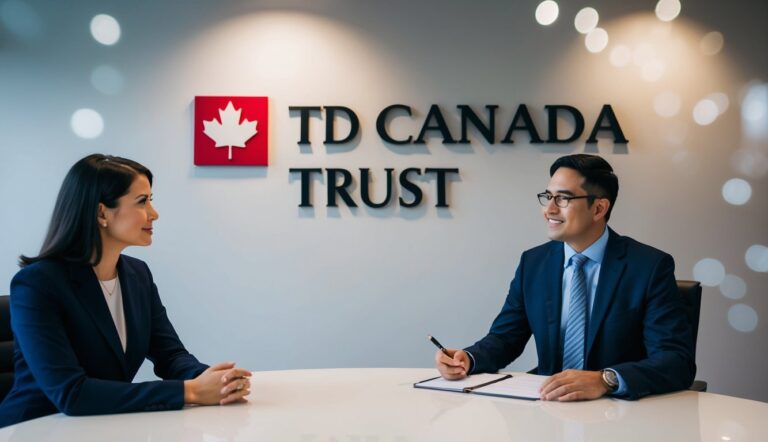Free Sample Behavioral Interview Questions and Answers: Essential Preparation Guide

When it comes to job interviews, knowing how to answer behavioral interview questions is crucial. These questions help employers understand how you’ve handled situations in the past and how you might perform in the future.
By preparing for these questions, you increase your chances of success in the interview process.
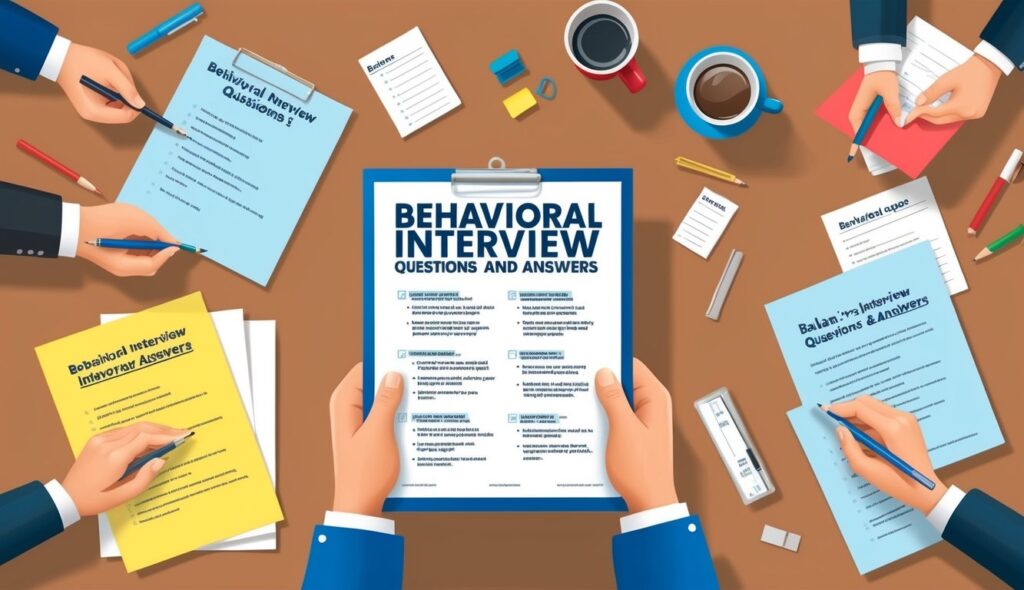
Behavioral interview questions are a staple in the hiring process for many industries, designed to assess how candidates have handled real-world situations that demonstrate critical skills and qualities.
For example, you might encounter questions such as:
- “Describe a time when you solved a difficult problem.”
- “Can you share an example of when you worked successfully as part of a team?”
- “Tell me about a challenging task you faced and how you approached it.”
Understanding Behavioral Interview Questions

Behavioral interview questions help employers see how you handle situations at work. They focus on real-life examples and your past experiences to predict future performance.
Defining Behavioral Interview Questions
Behavioral interview questions are centered on specific experiences and actions you have taken in the past. These questions often begin with “Tell me about a time when…” or “Give me an example of…”
Unlike traditional questions, these focus on your behavior in certain situations. Common questions might include:
- Describe a time when you had to solve a problem at work.
- Share an example of when you had to work with a difficult team member.
- Tell about a time you met a tight deadline.
Sample answers should be short, specific, and highlight your skills and adaptability.
Preparing for a Behavioral Interview

Getting ready for a behavioral interview means knowing a lot about yourself and what the company is looking for. Focus on your relevant skills and past experiences to back up your answers during the interview.
Researching Common Questions and Answers
Start by exploring frequently asked behavioral interview questions. Learning about questions related to communication, leadership, problem-solving, and teamwork is wise.
Use online resources, like company websites and career forums, for insights.
Practice often with a friend or in front of a mirror. This will make you more confident in your delivery. Make sure your answers are well-rounded and address the skills the employer desires.
Self-Assessment of Skills and Experiences
Understanding your own abilities is crucial. Reflect on different situations where you showcased self-awareness and relevant skills. Use past jobs, volunteer work, or projects to provide concrete examples in your interview.
Assess your communication skills by considering moments when you effectively shared ideas. Recognize any leadership qualities you’ve shown, even in small group settings. Did you solve a challenging problem? How did you handle a team conflict? These are valuable experiences.
Identify areas where you could improve and consider taking steps to enhance them. This self-evaluation not only helps in interviews but also in career growth. Listing your strengths and areas for improvement gives you a competitive edge during the interview process.
Sample Behavioral Interview Questions and Answers

Behavioral interview questions often help employers identify your skills and experiences. Using specific examples from your past can show how you act in various situations.
Leadership and Management Questions
- Question 1: Describe a time when you had to lead a team through a challenging project. What steps did you take to ensure its success?
Answer: In my previous role as a project manager, I was tasked with leading a team to launch a new product under a tight deadline.
The project faced several challenges, including resource limitations and differing team opinions. To address these, I organized a kickoff meeting to establish clear goals and timelines.
I encouraged open communication, allowing team members to voice their concerns and suggestions. By delegating tasks according to each member’s strengths and conducting regular check-ins, we maintained momentum and adjusted our strategies as needed. - Question 2: Can you provide an example of how you handled a conflict within your team?
Answer: In one instance, two team members had a disagreement over the direction of a marketing campaign. The tension was affecting team morale and productivity. I decided to intervene by facilitating a mediation session where both individuals could express their viewpoints. I encouraged them to focus on the project goals rather than personal differences.
By guiding the conversation towards finding common ground, we were able to brainstorm a hybrid approach that incorporated elements from both perspectives.
This not only resolved the conflict but also led to a more innovative campaign that ultimately performed well. - Question 3: Tell me about a time when you had to motivate a team that was facing low morale.
Answer: During a particularly challenging quarter, my team was feeling overwhelmed and demotivated due to high workloads and tight deadlines.
I recognized the need to boost morale, so I organized a team-building event focused on recognition and appreciation. I also implemented a weekly “shout-out” session where team members could acknowledge each other’s efforts.
Additionally, I ensured that we celebrated small wins along the way. This approach helped foster a supportive environment, and within weeks, I noticed a significant improvement in team spirit and productivity. - Question 4: Give an example of a decision you made that was unpopular with your team. How did you handle the situation?
Answer: When I decided to implement a new project management tool that required additional training, many team members were resistant due to the learning curve involved.
I understood their concerns and organized a meeting to explain the long-term benefits of the tool for our workflow and efficiency.
I also arranged for comprehensive training sessions and made myself available for one-on-one support. By involving the team in the transition process and addressing their feedback, I was able to alleviate their concerns. Over time, they came to appreciate the tool, which ultimately streamlined our processes. - Question 5: Describe a situation where you had to make a tough decision as a leader. What was the outcome?
Answer: As a department head, I faced a situation where we had to cut costs significantly due to budget constraints. This meant making the difficult decision to reduce our workforce. I approached this with transparency, communicating openly with my team about the reasons behind the decision and the potential impact on our operations.
I worked closely with HR to ensure that the process was handled with sensitivity and respect. Afterward, I focused on rebuilding team morale by emphasizing our commitment to the remaining staff and outlining our strategic plan moving forward.
Although it was a tough period, we emerged more focused and united, ultimately achieving our performance goals for the year.
Teamwork and Collaboration Questions
Question 1: Can you describe a successful team project you were involved in? What was your role, and how did you contribute?
Answer: In my previous role as a software developer, I was part of a team tasked with creating a new application for our client. My role involved collaborating with the designers to ensure the application was user-friendly.
I contributed by gathering user feedback through surveys and testing sessions, which I then shared with the team to refine our design.
By facilitating open communication and actively participating in brainstorming sessions, we were able to launch the application ahead of schedule, receiving positive feedback from both the client and end-users.
Question 2: Tell me about a time when your team faced a challenge. How did you work together to overcome it?
Answer: During a marketing campaign, our team encountered a significant challenge when our primary advertising platform changed its policies, affecting our planned strategy. To address this, I organized a team meeting where everyone could voice their ideas and concerns.
We brainstormed alternative approaches and decided to diversify our channels by incorporating social media and email marketing. By collaborating and leveraging each member’s strengths, we adapted quickly and successfully executed the campaign, ultimately exceeding our engagement goals.
Question 3: Give an example of a time when you had to collaborate with a difficult team member. How did you handle the situation?
Answer: In a group project, I worked with a team member who was often dismissive of others’ ideas, which created tension. To address this, I initiated a private conversation to understand their perspective and express how their behavior was impacting the team.
I emphasized the importance of collaboration and suggested we implement a structured format for our meetings, allowing everyone to share their ideas without interruption. This approach fostered a more inclusive environment, and over time, the team member became more receptive to feedback, leading to a more productive collaboration.
Question 4: Describe a situation where you had to compromise to achieve a team goal. What was the outcome?
Answer: While working on a product launch, our team had differing opinions on the features to prioritize. Some team members wanted to focus on enhancing existing features, while others pushed for new ones. To reach a compromise, I proposed we conduct a quick analysis of customer feedback to determine which features would provide the most value.
After reviewing the data together, we decided to implement a combination of enhancements and new features. This compromise not only satisfied the team but also resulted in a successful launch that received positive customer feedback.
Question 5: Can you share an experience where you had to rely on your team to complete a project? How did you ensure everyone was on the same page?
Answer: In my role as a project coordinator, I was responsible for overseeing a large event. With multiple moving parts, I knew I had to rely on my team to execute various tasks. To ensure everyone was aligned, I created a detailed project timeline and assigned specific responsibilities to each team member. We held weekly check-ins to discuss progress and address any challenges.
Additionally, I encouraged open communication through a shared messaging platform. This collaborative approach kept everyone informed and engaged, resulting in a successful event that received excellent feedback from attendees.
Communication and Interpersonal Questions
Question 1: Describe a time when you had to explain a complex concept to a colleague or client. How did you ensure they understood?
Answer: In my previous role as a data analyst, I often had to present complex data findings to non-technical stakeholders. One particular instance involved explaining the results of a market analysis to the marketing team. To ensure clarity, I broke down the data into simpler terms and used visual aids like charts and graphs. I also provided real-world examples to illustrate the implications of the data.
After the presentation, I encouraged questions and offered to follow up with additional resources. This approach not only helped them understand the findings but also fostered a collaborative discussion on how to leverage the insights for future campaigns.
Question 2: Can you give an example of a situation where you had to handle a difficult conversation? What was the outcome?
Answer: In a previous position, I had to address a performance issue with a team member who was consistently missing deadlines. I scheduled a private meeting to discuss my concerns. During the conversation, I focused on specific examples rather than making it personal. I expressed my desire to understand any challenges they were facing and offered support.
This open dialogue led to the realization that they were overwhelmed with their workload. Together, we developed a plan to redistribute some tasks and set more realistic deadlines. This not only improved their performance but also strengthened our working relationship.
Question 3: Tell me about a time you had to work with a team member who had a different communication style than yours. How did you adapt?
Answer: While working on a project, I partnered with a colleague who preferred direct, concise communication, while I tend to provide more context in my discussions. To adapt, I made a conscious effort to be more succinct in my emails and updates. I also asked for feedback on my communication style and encouraged them to share their thoughts openly.
This adjustment helped us establish a more effective working relationship, and we were able to collaborate seamlessly, ultimately completing the project ahead of schedule.
Question 4: Describe an experience where you successfully resolved a conflict between team members. What steps did you take?
Answer: In a project team, two members had a disagreement over the direction of a campaign, which was impacting team morale. I stepped in to mediate by first meeting with each person individually to understand their perspectives.
Then, I organized a joint meeting where we could discuss the issue openly. I encouraged each person to express their views while emphasizing the importance of finding a common ground. By facilitating the conversation and guiding them to focus on our shared goals, we were able to reach a compromise that satisfied both parties. The resolution not only improved the team dynamic but also resulted in a stronger campaign strategy.
Question 5: Can you share a time when you had to adapt your communication style to suit your audience? How did you approach it?
Answer: While leading a training session for new hires, I realized that the group consisted of individuals with varying levels of experience and familiarity with our systems. To adapt my communication style, I started the session by assessing their knowledge through a quick survey.
Based on their responses, I adjusted my presentation to include more foundational concepts for those who were less experienced while still providing advanced insights for others. I also encouraged questions throughout the session to ensure everyone felt comfortable engaging. This tailored approach made the training more effective and helped foster a positive learning environment.
Problem-Solving and Creativity Question
Question 1: Describe a challenging problem you faced at work. How did you approach solving it?
Answer: In my previous role as a project coordinator, we encountered a significant delay in the delivery of materials for a crucial project. This setback threatened our timeline and client satisfaction. To address the issue, I first gathered all relevant information about the delay, including the reasons and potential alternatives. I then organized a meeting with the team to brainstorm solutions.
We decided to source materials from a different supplier who could meet our timeline. I reached out, negotiated terms, and secured the necessary materials within a tight schedule. As a result, we were able to complete the project on time, and the client was pleased with our proactive approach.
Question 2: Can you give an example of a time when you had to think outside the box to solve a problem?
Answer: While working as a marketing specialist, we faced a challenge with declining engagement on our social media platforms. Traditional strategies were not yielding results, so I proposed a unique approach: a user-generated content campaign. I encouraged our followers to share their own stories related to our brand, using a specific hashtag.
To incentivize participation, we offered prizes for the best submissions. This creative strategy not only revitalized engagement but also fostered a sense of community among our customers. The campaign resulted in a increase in interactions and significantly expanded our reach.
Question 3: Tell me about a time you made a mistake. How did you handle it, and what did you learn?
Answer: In a previous role as a sales associate, I mistakenly sent out an email with incorrect pricing information to a large list of clients. Upon realizing the error, I immediately informed my manager and drafted a follow-up email to clarify the mistake.
I took responsibility for the oversight and offered a small discount to affected clients as a gesture of goodwill. This experience taught me the importance of double-checking information before sending communications and reinforced the value of transparency and accountability in maintaining client trust.
Question 4: Describe a situation where you had to analyze information and make a recommendation. What was your process?
Answer: As a data analyst, I was tasked with evaluating customer feedback to improve our product offerings. I collected data from surveys, online reviews, and customer support tickets. After analyzing the data, I identified a recurring issue with one of our features that frustrated users.
I compiled my findings into a report, highlighting the specific pain points and recommending changes to the product team. I also suggested implementing a beta testing phase for the proposed changes to gather further feedback. My recommendations were well-received, and the subsequent updates led to a noticeable increase in customer satisfaction.
Question 5: Can you share an experience where you had to collaborate with others to solve a complex problem? What was your role?
Answer: In my role as a software developer, our team faced a critical issue with a software bug that was affecting multiple clients. The problem required input from various departments, including development, quality assurance, and customer support. I took the initiative to organize a cross-functional meeting where we could discuss the issue collaboratively.
I facilitated the discussion, ensuring everyone had a chance to share their insights and potential solutions. After thorough analysis and brainstorming, we developed a comprehensive plan to address the bug and communicated the timeline to our clients. This collaborative effort not only resolved the issue quickly but also strengthened interdepartmental relationships.
Adaptability and Flexibility Questions
Question 1: Can you describe a time when you had to adjust to a significant change at work? How did you handle it?
Answer: In my previous position as a project manager, our company underwent a major organizational restructure that shifted team roles and responsibilities. Initially, I felt uncertain about how this would impact my projects. To adapt, I scheduled meetings with my new team members to understand their strengths and how we could work together effectively.
I also communicated openly with my upper management to clarify expectations and align our goals. By embracing the change and fostering collaboration, we were able to maintain productivity and even exceed our project deadlines during the transition.
Question 2: Tell me about a time when you had to learn a new skill quickly to complete a task or project. What was your approach?
Answer: While working as a marketing coordinator, I was assigned to lead a digital marketing campaign using a new analytics tool that I had never used before. With a tight deadline approaching, I dedicated extra hours to online tutorials and webinars to familiarize myself with the software. I also reached out to colleagues who were experienced with the tool for tips and best practices.
By immersing myself in learning and practicing the tool, I was able to launch the campaign on time and provide valuable insights that helped improve our targeting strategies.
Question 3: Describe a situation where you had to change your approach to a task or project due to unexpected circumstances. What did you do?
Answer: During a product launch event I was organizing, our keynote speaker canceled just a week before the event.
To adapt, I quickly reached out to other potential speakers and was fortunate to secure a well-respected industry expert. I revised the event agenda and communicated the changes to all attendees promptly. Additionally, I worked with the marketing team to update promotional materials.
This experience taught me the importance of having contingency plans and being proactive in addressing challenges, ultimately leading to a successful event that received positive feedback.
Question 4: Can you give an example of how you handled a situation where priorities changed suddenly? What was your response?
Answer: While working as a customer service supervisor, there was a sudden influx of customer inquiries due to a product recall. Our team was already managing a full workload, but it was crucial to address the recall promptly. I quickly reassessed our priorities, reallocating resources by temporarily shifting staff from less urgent tasks to focus on the recall inquiries.
I also implemented a triage system to prioritize the most urgent customer concerns. This flexibility allowed us to manage the situation effectively, minimizing customer frustration and maintaining our service protocols during a challenging time.
Question 5: Tell me about a time when you had to work with a diverse group of people. How did you ensure effective collaboration?
Answer: In a previous role as a team leader for a cross-departmental project, I was tasked with bringing together individuals from various backgrounds and expertise. Recognizing that our team members had different working styles and communication preferences, I organized an initial meeting to establish a common understanding of our goals and expectations.
I encouraged open dialogue and created an environment where everyone felt comfortable sharing their ideas. I also set up regular check-ins to ensure ongoing communication and address any concerns. This approach not only fostered collaboration but also led to innovative solutions that benefited the project as a whole.
Time Management and Prioritizing Questions
Question 1: Describe a time when you had to manage multiple deadlines. How did you prioritize your tasks?
Answer: In my previous role as a marketing coordinator, I often juggled several campaigns simultaneously, each with its own deadline. During one particularly busy month, I had three major campaigns due within the same week. To manage my time effectively, I created a detailed task list and mapped out each campaign’s requirements and deadlines.
I prioritized tasks based on urgency and impact, focusing first on the campaign that had the highest visibility and potential return on investment. I also set aside specific blocks of time each day to work on each campaign, minimizing distractions. This structured approach allowed me to meet all deadlines while maintaining quality, and both campaigns were well-received.
Question 2: Can you give an example of a time when you missed a deadline? What did you learn from that experience?
Answer: Early in my career as a project assistant, I underestimated the time required to complete a report for a client. I was juggling multiple tasks and didn’t allocate enough time for revisions. Unfortunately, I missed the deadline, which caused some frustration for my manager and the client.
I took full responsibility and immediately communicated with both parties, explaining the situation and offering a revised timeline. This experience taught me the importance of realistic time estimation and the need for regular progress check-ins. Since then, I’ve adopted better planning strategies, including setting earlier internal deadlines to allow for unexpected delays.
Question 3: Tell me about a time when you had to adjust your priorities due to a last-minute request. How did you handle it?
Answer: While working as an event planner, I received a last-minute request from a high-profile client to add a special presentation to an event that was only a few days away. Initially, I was focused on finalizing logistics for the existing agenda. To accommodate the new request, I quickly assessed my current priorities and identified tasks that could be delegated to my team.
I held a brief meeting to communicate the changes and ensure everyone was aligned. By reallocating resources and adjusting timelines, we successfully integrated the new presentation without compromising the quality of the event. The client was thrilled with the addition, and it strengthened our relationship.
Question 4: Describe how you organize your tasks when you have multiple responsibilities. What tools or methods do you use?
Answer: In my role as a software developer, I frequently handle multiple projects with overlapping deadlines. To stay organized, I use a combination of digital tools and methods. I rely on project management software like Trello to create boards for each project, where I can list tasks, set deadlines, and track progress.
Additionally, I use a daily planner to outline my priorities for each day, breaking down larger tasks into manageable steps.
Each morning, I review my planner and adjust my focus based on upcoming deadlines and project requirements. This systematic approach helps me maintain clarity and ensures that I stay on track with my responsibilities.
Question 5: Can you share an experience where effective time management led to a successful outcome?
Answer: As a sales manager, I was responsible for preparing for a quarterly sales review meeting that required extensive data analysis and presentation preparation.
To ensure I met all deadlines, I started by breaking the project into smaller tasks, including data collection, analysis, and slide creation. I allocated specific time blocks each week leading up to the meeting to focus solely on these tasks without distractions.
I also set milestones to track my progress. As a result of my effective time management, I completed the presentation ahead of schedule, allowing time for feedback from my team. The meeting went exceptionally well, and my insights led to strategic adjustments that improved our sales approach for the next quarter.
Frequently Asked Questions
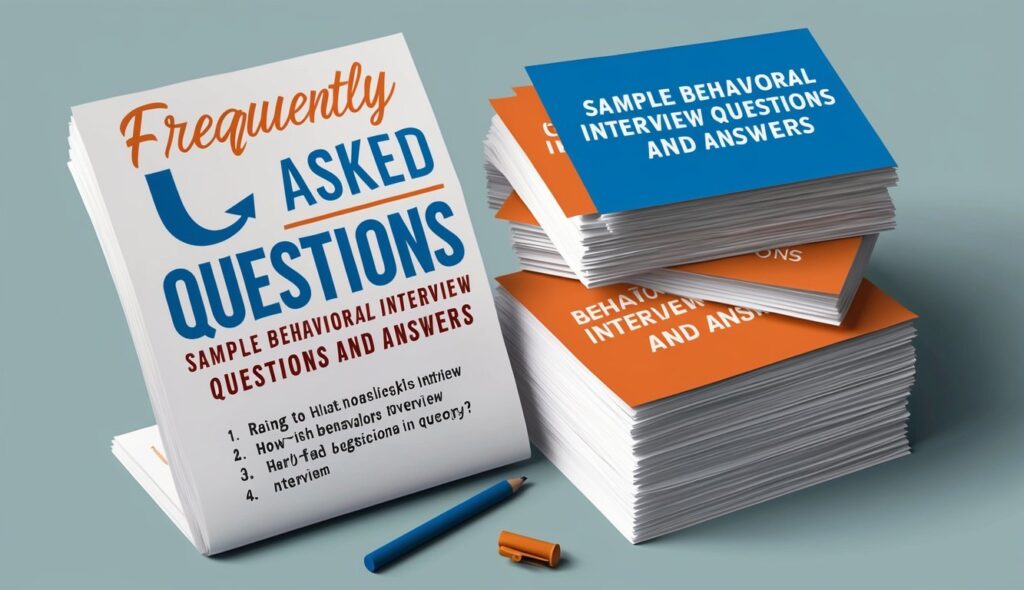
Behavioral interviews can be challenging, but they offer a chance to showcase your skills and experiences. This section addresses common scenarios candidates may encounter, with practical advice and examples.
Can you discuss a challenging work situation and how you overcame it?
Focus on a specific situation where you faced a significant obstacle. Describe what the issue was and how it affected your work. Explain the steps you took to tackle the challenge and the final outcome. Highlight any skills or qualities that helped you succeed.
Tell me about a goal you set for yourself and how you achieved it.
Choose a personal or professional goal that was important to you. Talk about why it was meaningful. Share the action plan you created to reach this goal and any obstacles you encountered along the way. Mention what kept you motivated and how you measured success.
Describe a time when you had to work closely with someone whose personality was very different from yours.
Think of a situation where collaboration was necessary. Discuss the differences in personality or work style. Explain how you adapted your approach to make the partnership successful. Highlight communication skills and understanding that helped to achieve a positive result.
Provide an example of a time when you had to take initiative in a project.
Recall an instance where you identified a need or opportunity. Describe what prompted you to take action and what steps you took to address the situation. Detail how your initiative positively impacted the project and what skills you utilized in the process.
Recall an instance where you had to resolve a conflict within your team.
Share a specific example of a conflict that arose among team members. Explain your role and the strategies you used to address the disagreement. Discuss any solutions you proposed and the eventual resolution. Highlight how your actions helped to restore team harmony.
All the Best !
